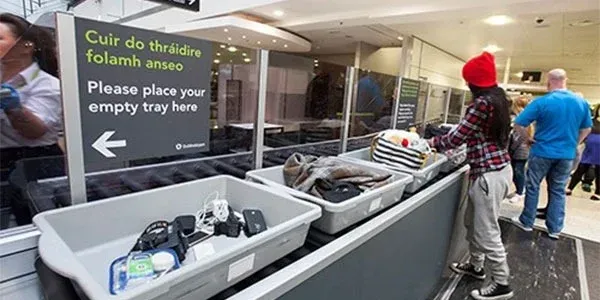VATICAN CITY — A new chapter in the Catholic Church has begun after white smoke billowed from the chimney of the Sistine Chapel, signaling the successful election of a new pope. The decision came on the second day of the highly anticipated conclave, marking a swift conclusion to the sacred process of papal selection.
The smoke began rising just after 6 p.m. local time, igniting cheers and chants from thousands of faithful who had gathered in St. Peter’s Square. Pilgrims and tourists waved flags from around the world, some chanting “Abbiamo Papa, ole, ole, ole!” and “Viva il Papa,” as centuries-old tradition played out in real time.
This outcome confirms that at least 89 of the 133 cardinal-electors — all under the age of 80 — reached consensus, electing a successor to Pope Francis, who passed away last month. The conclave, held behind closed doors inside the Sistine Chapel, is governed by centuries of ritual and secrecy.
Shortly, a senior cardinal — expected to be French Cardinal Dominique Mamberti — will step out onto the central balcony of St. Peter’s Basilica and declare the revered Latin phrase: “Habemus Papam!” (“We have a pope!”). He will then reveal the new pontiff’s birth name and the papal name he has chosen.
Before facing the world, the new pope will undergo a brief, emotional moment alone in the Stanza delle Lacrime — the “Room of Tears” — where he will don the traditional white cassock for the first time. He will then return to greet his fellow cardinals and finally appear on the balcony to deliver his first blessing as the 267th pontiff of the Roman Catholic Church.
Quick Conclusion to Historic Conclave
While papal elections can extend over several days — or even years historically — this conclave was relatively short, indicating strong unity among the cardinals from the outset. Only yesterday evening, black smoke indicated that the first round of voting had failed. A second round this morning also ended inconclusively.
Up to four voting rounds can be held daily — two in the morning and two in the afternoon — until a two-thirds majority is reached. That milestone was achieved rapidly in this case, with the successful vote occurring within 24 hours of the conclave’s start.
This swift outcome suggests that the cardinals coalesced early around a leading candidate, avoiding the protracted negotiations that have defined other elections. Previous modern conclaves have typically concluded within three days. The swiftest papal election in history was in 1503, when Pope Julius II was chosen within 10 hours. The longest took nearly three years, resulting in the election of Pope Gregory X in 1271.
Speculation on the Identity of the New Pope
While the identity of the new pope remains undisclosed at the time of writing, speculation in recent weeks has focused on a number of high-profile candidates. Among them, Cardinal Luis Antonio Tagle of the Philippines had been widely tipped as a frontrunner. Had he been elected, he would have become the first pope from Asia — a significant shift reflecting the Church’s growing base in the Global South.
Another widely discussed candidate was Cardinal Pietro Parolin, the Vatican’s current Secretary of State. Known for his diplomatic skill and experience, Parolin has played a key role in navigating complex geopolitical issues, including the Vatican’s relations with China and the war in Ukraine.
The 133 voting cardinals represent a diverse cross-section of the Catholic world:
- Europe: 54 cardinals
- North America: 16 cardinals
- South America: 18 cardinals
- Asia: 24 cardinals
- Central America: 4 cardinals
- Oceania: 4 cardinals
This geographic spread highlights the global nature of the Church and its leadership. Regardless of the chosen candidate, the new pope will inherit the task of guiding a 1.3 billion-strong global Catholic community through ongoing challenges — including secularization in the West, internal reform, and political tensions worldwide.
What Comes Next
The newly elected pontiff’s first public act will be the Urbi et Orbi blessing — “To the City and to the World” — from the iconic loggia of St. Peter’s Basilica. This moment, watched live by millions around the globe, will offer the first glimpse of the direction his papacy may take.
It also marks the formal beginning of a new era for the Church, as the faithful look toward leadership that balances tradition with contemporary needs. As the bells of St. Peter’s continue to ring out, Catholics worldwide now wait with bated breath for the new pope to emerge.






